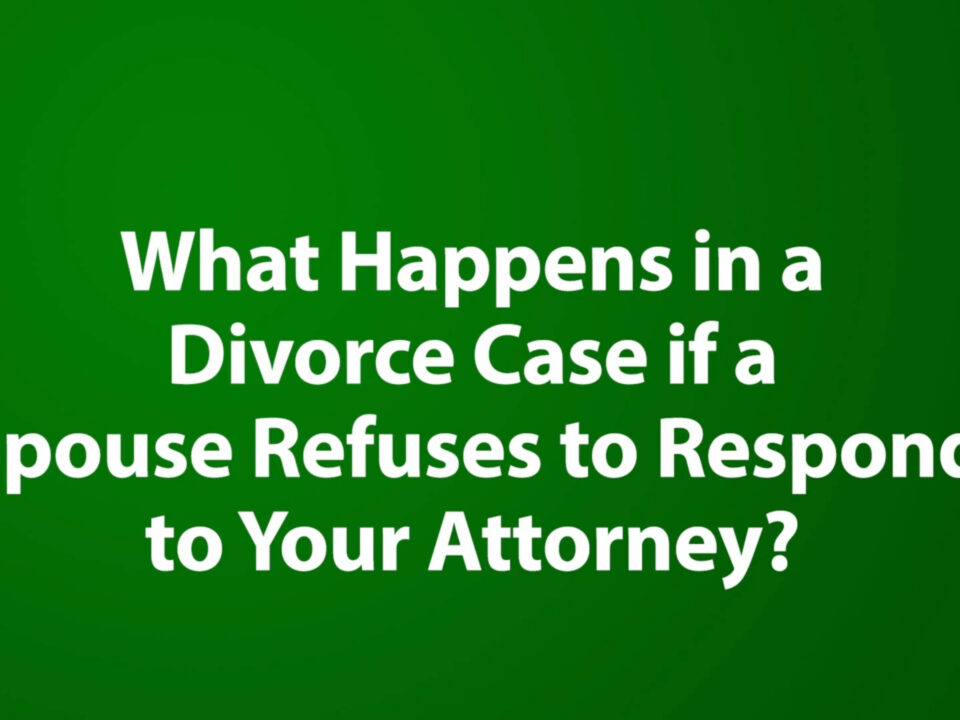Being in an abusive relationship can be a very scary and emotional time. While domestic violence and abuse is a problem, it is often overlooked, excused, or denied. If you feel like you have to walk on eggshells around your partner or constantly have to watch what you say, chances are your relationship is unhealthy.
An abusive relationship can affect you mentally, emotionally, and physically, so it is extremely important to find a way out. While it’s important to exit the relationship, it is imperative you plan a safe escape. Follow these steps from the National Domestic Violence Hotline to improve your chances of leaving safely.
- Know the location and phone number for your local battered women’s shelter. Your local battered women’s shelter can not only serve as a safe place for you to escape to, but it can also be a great resource for you to use when you are creating your safe escape plan. They have experts available to help and guide you through the exit process.
- The number for the National Domestic Violence Hotline is 1-800-799-7233
- For the Fargo-Moorhead community, there are two resources that can help:
- Rape and Abuse Crisis Center – Located at 317 8th Street North in Fargo, ND. To contact the Rape and Abuse Crisis Center, call 1-800-344-7273 OR 701-293-7273.
- YWCA Women’s Shelter – Located at 3000 South University, Drive in Fargo. To contact the YWCA, call 701-232-9408
- Be careful when using the Internet or Telephone. When in an abusive relationship, you may think to turn to the internet for help, but it is important to be careful. While browser history can be cleared and emails can be deleted, the information will never truly be cleared. Use a computer that your partner does not have access to so they cannot find traces of your search.
- Know your partner’s schedule. Knowing your partner’s schedule will help you to know when there are safe times to leave. Leaving while your partner is not around will give you more time to get away with your important documents and belongings. It will also help to prevent an attack from your abuser.
- Alert a trusted family member or friend. Having an ally through this tough time is essential. They will not only be able to lend you support, they can also help you develop your escape plan. Consider using code words you can text or email when in trouble or maybe even a visual signal, like a porch light on for no danger, off for danger.
- Pack a bag of important valuables. Pack a small bag of clothes, shoes, medications, social security cards, IDs, birth certificates, banking information, or anything that is important to you. Hide this bag with a trusted friend or relative. Also, make sure to set money aside, with the same trusted friend or relative, so that you have something to depend after you leave. If you have a vehicle, hide an extra set of car keys in case your originals are compromised by your partner.
These steps are only a small piece to your exit plan. To protect your safety and well-being, make sure you take the time to fully plan and be ready for your escape as well as what to do after you have left. And do not be afraid to use the resources available to help you, such as the National Domestic Violence Hotline. You never know how invaluable they can be.
If you or a loved one is experiencing an abusive or violent relationship and have questions about the next steps from a legal perspective, contact our attorneys at O’Keeffe O’Brien Lyson Foss Attorneys. We’re here to lend a helping hand.
Image courtesy of Ben Pollard/Wikipedia.




